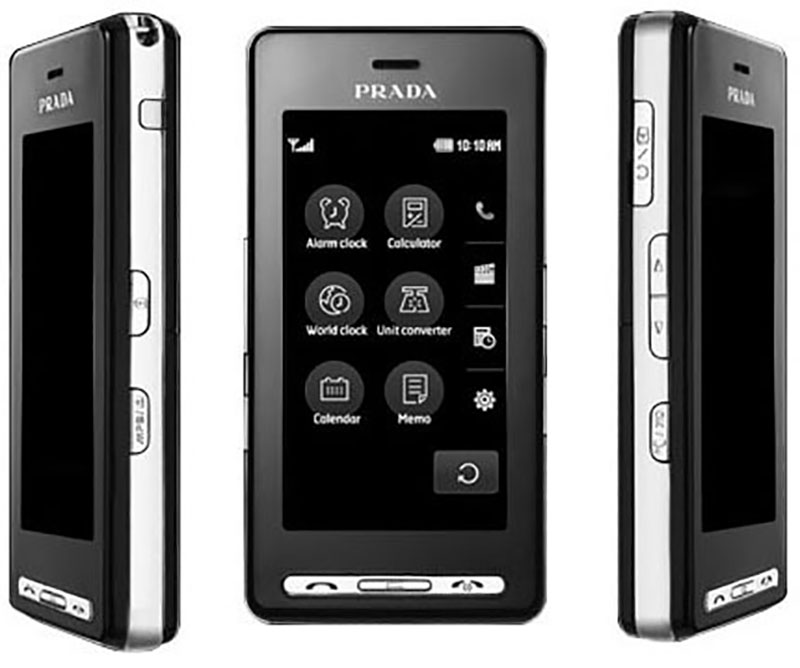LG Quits Smartphone Business, Citing Losses

LG, which introduced first-ever capacitive touchscreen smartphone, to stop making phones after failing to compete against Apple and Samsung
LG Electronics has confirmed media reports that it is to shut down its mobile phone business.
The division had seen losses for nearly six years, totalling about $4.5 billion (£3.3bn).
The company said it would focus on other high-growth areas such as smart home devices and electric vehicle components.
“LG’s strategic decision to exit the incredibly competitive mobile phone sector will enable the company to focus resources in growth areas such as electric vehicle components, connected devices, smart homes, robotics and artificial intelligence,” the firm said in a statement.

Smartphone first
LG was one of the biggest mobile phone manufacturers in the pre-iPhone era.
Ironically, the company has the distinction of having introduced the first-ever smartphone with a capacitive touchscreen, predating the iPhone by a few weeks.
The LG KE850, marketed as the LG Prada as part of a tie-in with the luxury fashion brand, was similar in appearance to the iPhone, but launched a month before Apple’s device and arrived in shops before the first iPhone did.
The LG Prada ran a proprietary OS based on Flash, and included then-high end features such as a web browser, Bluetooth, a microSD card slot and a full-featured camera app.
However, the device was far more difficult to use than the contemporary Apple device, lacking Apple interface innovations such as a QWERTY keyboard and multitouch features – while being priced at $849, far higher than the first iPhone’s $499.
The company soon began making Android devices and by 2013 had become the third-biggest smartphone maker.

Innovation
LG continued innovating up to the end, launching the T-shaped LG Wing last autumn – a dual-screen device where the top screen swivels out to reveal a smaller one underneath.
Also in 2020 it announced a phone with an expanding display called the LG Rollable, which was set to launch this year but has been cancelled.
But LG said it ultimately could not justify continuing to compete in a market dominated by Apple, Samsung and fast-growing Chinese smartphone makers such as Oppo, Vivo and Xiaomi.
In January the South Korean company said it was looking into all options for the division, and it held failed talks to sell part of the business.
It still holds third place in the North American market and is fairly popular in South Korea, but has slipped further down in other regions.

Software updates
In 2020 it shipped 28 million phones, compared to 256 million for Samsung, according to Counterpoint, and had a global market share of around 2 percent.
LG said it would continue making its phone inventory available and would provide service support and software update for existing customers. It expects to shut down the division by the end of July.
“Moving forward, LG will continue to leverage its mobile expertise and develop mobility-related technologies such as 6G to help further strengthen competitiveness in other business areas,” the company said.